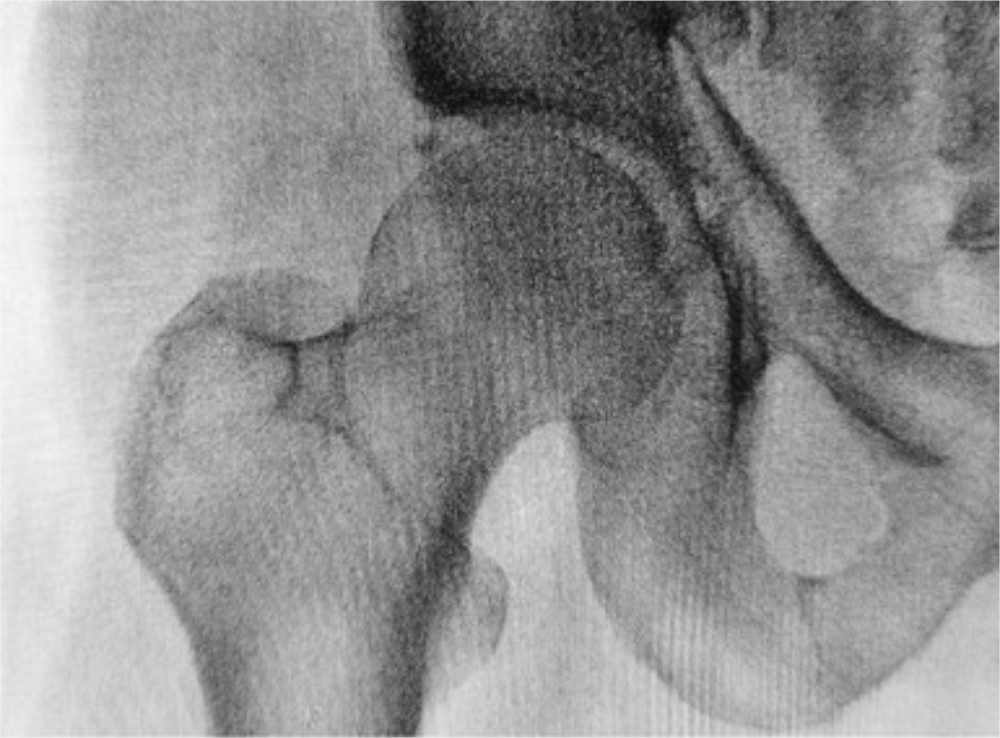The recent JBJS Guest Editorial “What’s New in Osteoporosis and Fragility Fractures” provides an update on this important area of orthopaedic research. The authors review
Tag: fragility fracture
OrthoBuzz occasionally receives posts from guest bloggers. This guest post comes from James Blair, MD, in response to a recent edition of the OrthoJOE podcast. Geriatric
Osteoporosis is the major contributor to the increasing incidence of fragility fractures associated with low-energy falls. The other contributor is the populous baby-boomer generation that
“We believe that bone health screening should be considered in all orthopaedic surgical candidates who are ≥50 years of age.” So proclaim Kadri et al.,
The orthopaedic community began to move away from individual fracture classifications in the mid-1980s. The basis for that shift was the need for wider recognition

